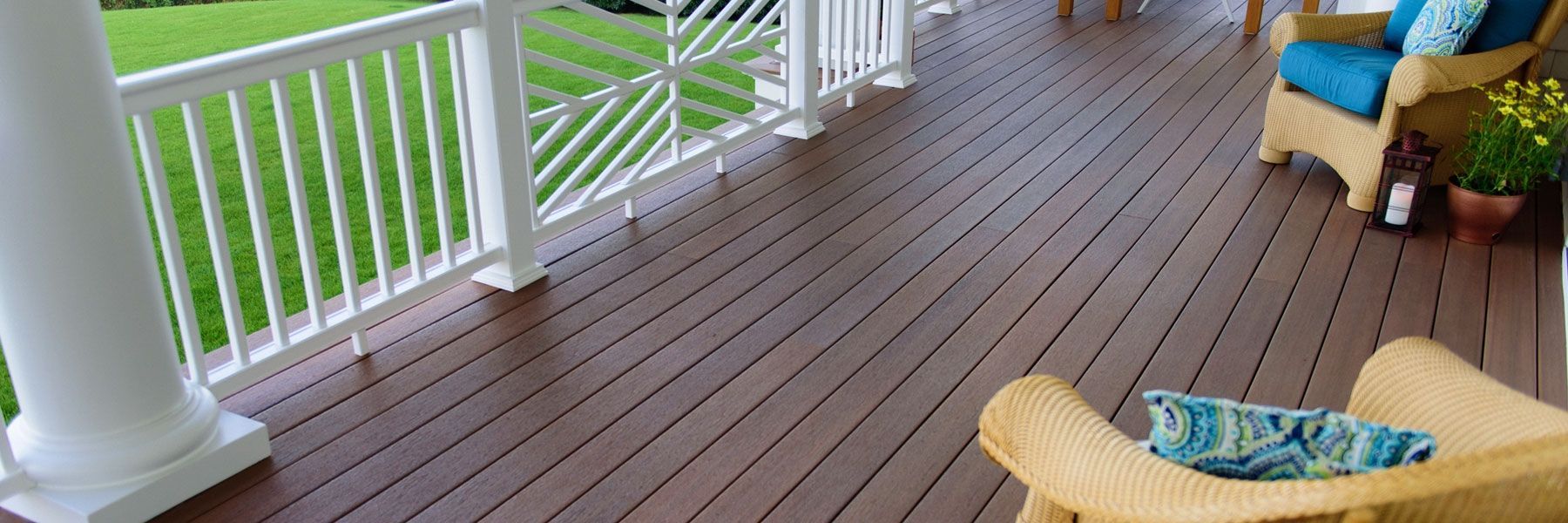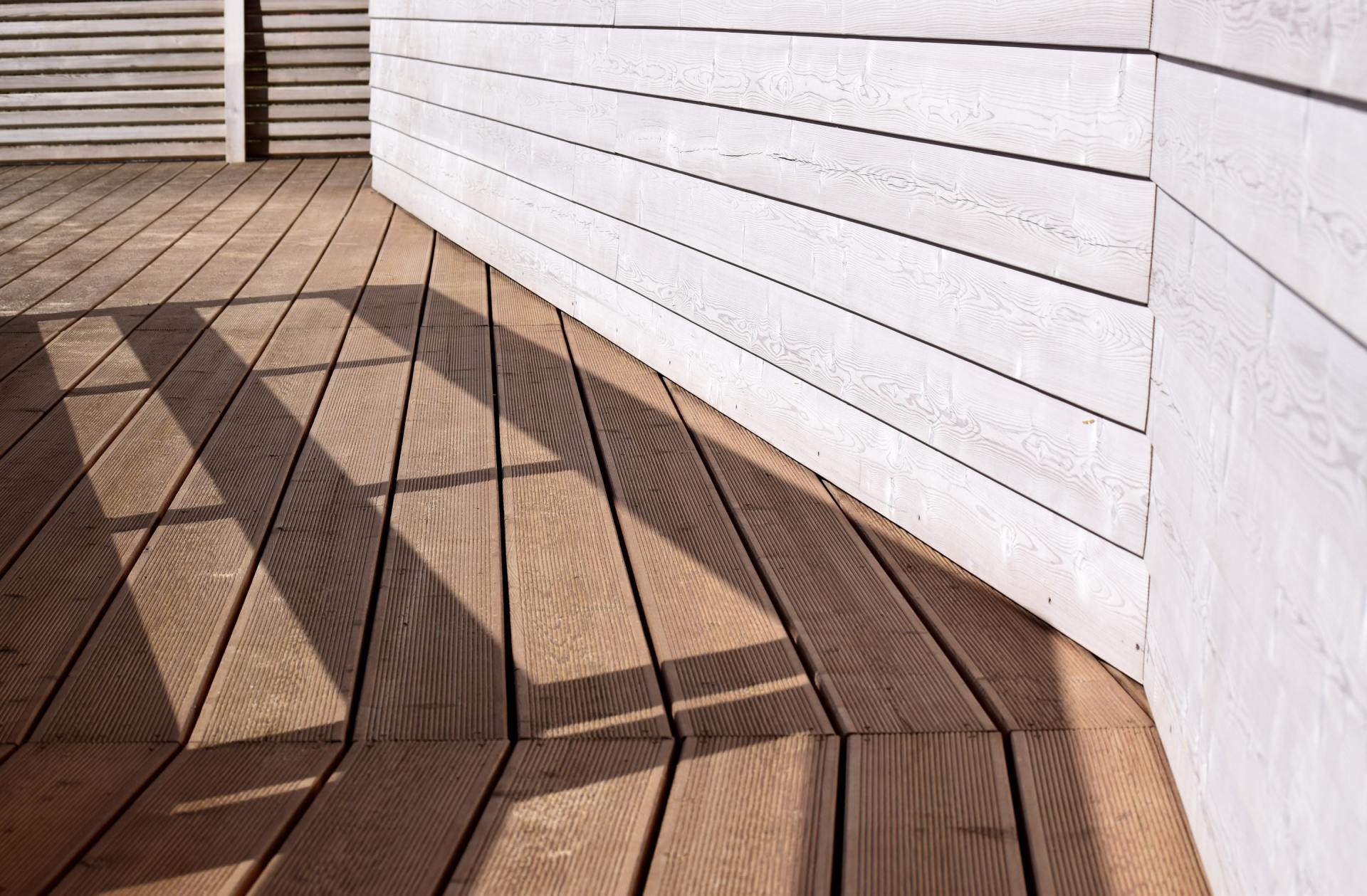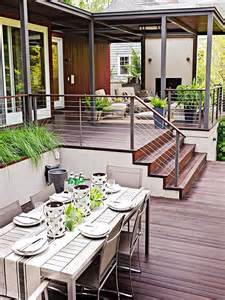Composite Decking 101: what you need to know before taking the plunge

More and more homeowners are choosing to have their decking built from composite lumber rather than use real wood. Composite lumber is made from recycled plastic, sawdust, and other wood byproducts. Composite decking requires little to no maintenance and won't rot, twist or splinter. More expensive than wood, but valued for its efficiency and striking resemblance to real wood which manufacturers have perfected, composite material is an excellent choice for decking.
Composite Decking: where NOT to use it
Avoid using composite lumber for support framing. Some composite framing lumber is now becoming available, but composite lumber is not as strong as wood, and not typically made for structural, load-bearing use. Some manufacturers now offer products such as handrails and stairs. Check with local code requirements before building railings or stairways with composite lumber. Reserving composite lumber for the surface decking and building the railings and other parts out of traditional wood saves money too.
Decking Price Differences
The difference between expensive and more economy composites isn't a matter of quality, but of style, color, and texture. If you're wanting the most realistic look, complete with texture, be prepared to shop a little on the high side. It is the highest quality of composite decking that resembles real wood the most. This product is pricey but homeowners enjoy the varying patterns and tones that make the composite look remarkably realistic. Dirt can be easily trapped in textured composite planks, however, and this type of composite decking requires more maintenance as a result.
Climate Considerations
When considering composite decking, consider the climate where it's being installed. Composite decking gets very hot when exposed to direct heat and you may need a shade structure to keep your deck comfortable in warm climates. Composites are susceptible to mildew and algae staining, especially in shady, damp locations. In snowy climates, composites can be extremely slippery underfoot. Because composite decking gets so slippery when wet, composites shouldn't be used for pool decks or stairway treads.
Working with Composite Decking
Composite decking boards can be cut with a circular saw and installed by pre-drilling holes and using screws, just like typical wood boards, or you can choose to use a hidden fastener system. Using tongue-and-groove attachments or hidden metal clips under the deck to attach it produces a neat and clean look, but hidden fastener systems can be quite expensive. Allow for drainage under your composite deck. Any moisture trapped on top of the wood joists under the decking can make them vulnerable to decay.
Closing Thoughts – is composite decking the right choice?
There are many advantages to using composite material for decking. While traditional wood decks have a lifetime of 10 to 15 years, composite decking, resistant to rot, bugs, and weather, typically lasts twice as long. Composite decking is easier to maintain and keep clean. It doesn't fade or give you splinters. And high-quality composite decking looks just like your favorite wood species.
Beauchemin Lumber is a highly rated local supplier of quality composite decking. Search the selection for composite decking that meets your project's needs!



